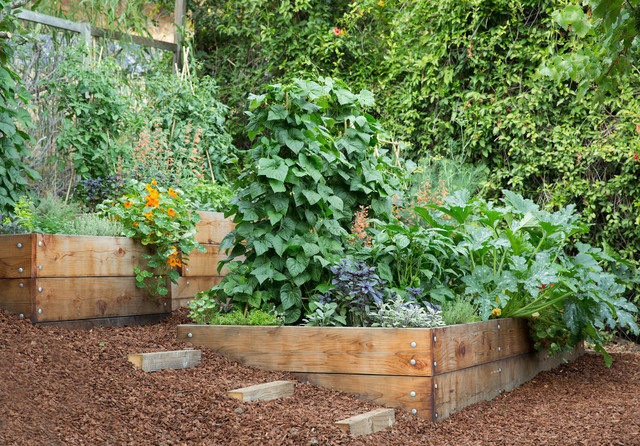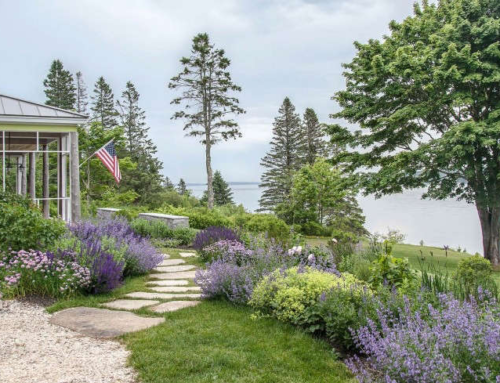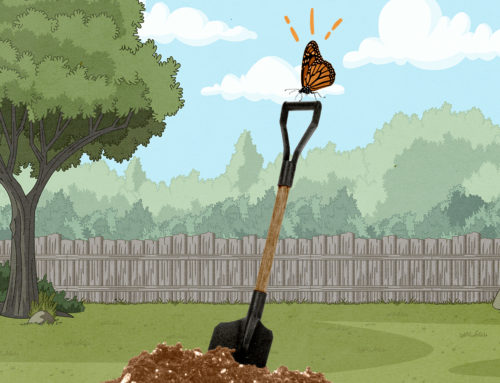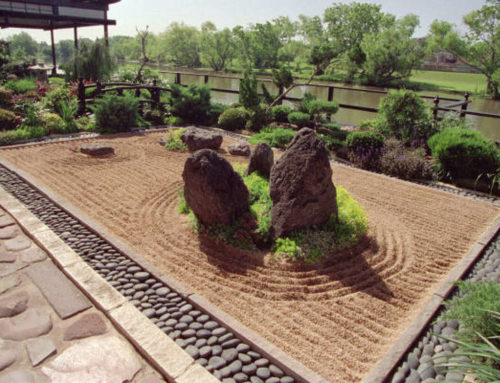Edible Landscaping: Cultivating Beauty and Bounty in California Gardens
In California, the trend of edible landscaping has been gaining traction as homeowners seek to combine beauty and functionality in their outdoor spaces. This niche focuses on incorporating edible plants into the landscape, creating a visually appealing garden that not only enhances the aesthetic appeal of the property but also provides a sustainable source of fresh fruits, vegetables, and herbs.
Edible landscaping offers numerous benefits to homeowners. First and foremost, it provides a convenient and accessible way to grow organic and fresh produce right in your own backyard. By incorporating edible plants such as tomatoes, peppers, lettuce, berries, and culinary herbs, homeowners can enjoy the pleasure of harvesting and consuming homegrown food, knowing exactly where it comes from and how it was grown.
Furthermore, edible landscaping promotes sustainability and self-sufficiency. By growing your own food, you reduce your reliance on commercially produced crops that may be treated with pesticides and require long-distance transportation. This reduces your carbon footprint and contributes to a healthier and more sustainable food system.
Edible landscaping also offers an opportunity to create a visually stunning garden. Many edible plants, such as fruit trees, berry bushes, and flowering herbs, have attractive foliage and blossoms that can add color, texture, and visual interest to the landscape. With careful planning and design, you can create a garden that is both productive and aesthetically pleasing, integrating edible plants seamlessly with ornamental flowers, shrubs, and trees.
In terms of design, edible landscaping offers a wide range of possibilities. You can create dedicated vegetable beds or intermix edible plants with ornamentals throughout the garden. Vertical gardening techniques, such as trellises or espaliered fruit trees, can be used to maximize space and create an interesting visual display. Additionally, incorporating raised beds, container gardens, or herb spirals can add depth and dimension to the landscape while providing ample space for edible plants to thrive.
Edible landscaping also promotes biodiversity and attracts beneficial pollinators to the garden. Flowering edible plants, such as herbs and fruit trees, attract bees, butterflies, and other pollinators, which play a crucial role in the reproduction of plants. By providing food and habitat for these pollinators, you contribute to the overall health and balance of the ecosystem.
Another advantage of edible landscaping is the educational aspect it offers, especially for families and children. Growing and tending to edible plants can be a fun and educational experience that teaches valuable lessons about nature, sustainability, and the importance of healthy eating. Children can learn about the plant life cycle, soil health, and the joy of harvesting and eating their own homegrown produce.
In conclusion, edible landscaping is a niche that allows homeowners in California to cultivate both beauty and bounty in their outdoor spaces. By incorporating edible plants into the landscape, homeowners can enjoy the benefits of fresh and organic produce while creating visually appealing gardens that enhance the overall aesthetic of the property. Edible landscaping promotes sustainability, self-sufficiency, biodiversity, and educational opportunities, making it a rewarding and fulfilling endeavor for gardeners of all levels. So why not transform your garden into a productive and beautiful space that provides both nourishment and delight?







Leave A Comment
You must be logged in to post a comment.